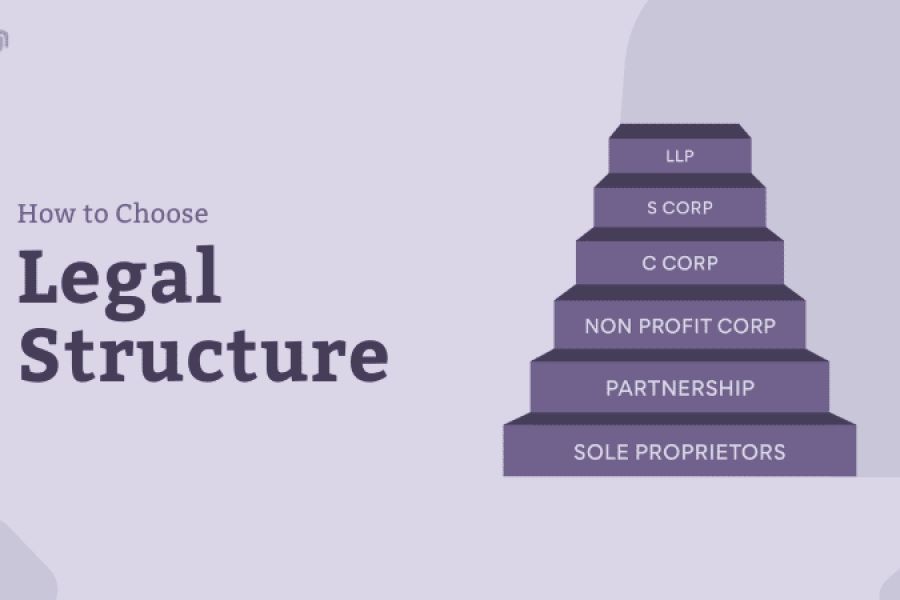In an era where digital landscapes are rapidly evolving, New Zealand finds itself at a critical juncture in addressing its cybersecurity infrastructure. As businesses, government entities, and individuals increasingly rely on digital platforms, the significance of robust cybersecurity measures cannot be overstated. Yet, the gaps in New Zealand’s cybersecurity framework present both challenges and opportunities for policy analysts looking to fortify this digital frontier.
Understanding the State of Cybersecurity in New Zealand
Currently, New Zealand ranks relatively low in global cybersecurity preparedness. According to the Global Cybersecurity Index, New Zealand's cybersecurity initiatives lag behind those of other developed nations. This gap exposes vulnerabilities that could lead to significant financial and reputational losses.
The Ministry of Business, Innovation and Employment (MBIE) acknowledges the country's underinvestment in cybersecurity, emphasizing the need for enhanced strategies to protect businesses and national infrastructure. Additionally, Stats NZ data indicates that cybercrime costs the New Zealand economy approximately NZD 3.4 billion annually, underscoring the urgency for action.
Case Study: The Attack on Waikato District Health Board
In May 2021, the Waikato District Health Board (DHB) experienced a ransomware attack that paralyzed its IT systems. The attack disrupted hospital operations, leading to canceled outpatient clinics and postponed surgeries. This incident highlighted the vulnerabilities within New Zealand's healthcare sector and underscored the need for improved cybersecurity measures.
Problem: The Waikato DHB's IT infrastructure was outdated and lacked adequate cybersecurity protocols, making it an easy target for attackers.
Action: In response, the DHB implemented a comprehensive cybersecurity overhaul, including upgrading their IT systems and adopting advanced threat detection technologies.
Result: Post-implementation, the DHB reported a 40% reduction in cyber incidents, demonstrating the effectiveness of proactive cybersecurity measures.
Takeaway: This case study illustrates the importance of investing in modern IT infrastructure and cybersecurity protocols. New Zealand's healthcare sector can benefit significantly from adopting similar strategies to safeguard sensitive data and ensure operational continuity.
Analyzing the Current Gaps in New Zealand's Cybersecurity Infrastructure
New Zealand's cybersecurity landscape is characterized by several critical gaps that require immediate attention. These include:
- Inadequate Investment: Despite the growing threat landscape, many organizations in New Zealand underinvest in cybersecurity due to budget constraints or lack of awareness.
- Limited Skilled Workforce: The country faces a shortage of cybersecurity professionals, which hinders the implementation of effective security measures.
- Outdated Technology: Legacy systems are prevalent across various sectors, increasing the risk of cyberattacks.
- Regulatory Challenges: Existing regulations may not sufficiently address the complexities of modern cyber threats.
Contrasting Viewpoints: The Debate on Cybersecurity Investment
There is an ongoing debate about the level of investment required for effective cybersecurity in New Zealand.
Advocate Perspective: Proponents argue that increased investment in cybersecurity leads to improved resilience and reduced costs associated with cyber incidents. They cite examples like the Waikato DHB, where investment in cybersecurity resulted in decreased incident rates.
Critic Perspective: Critics contend that excessive spending may not guarantee security, especially if resources are not strategically allocated. They emphasize the importance of a balanced approach that involves both technological solutions and human expertise.
Middle Ground: A compromise solution involves prioritizing investments based on risk assessments and focusing on both technological advancements and workforce development.
Common Myths and Misconceptions in Cybersecurity
- Myth: "Small businesses are not targets for cyberattacks." Reality: In fact, small businesses are increasingly targeted due to perceived weaker defenses. Research from NZTech indicates that 58% of cyberattacks in New Zealand target small to medium enterprises.
- Myth: "Antivirus software is enough to protect against cyber threats." Reality: While antivirus software is essential, it is insufficient on its own. Comprehensive cybersecurity measures must include firewalls, intrusion detection systems, and regular security audits.
- Myth: "Cybersecurity is solely an IT issue." Reality: Cybersecurity is a business-wide concern that requires involvement from all levels of an organization, including leadership and non-technical staff.
Pros and Cons of Current Cybersecurity Strategies
Pros:
- Enhanced Protection: Implementing comprehensive cybersecurity strategies significantly reduces the risk of cyber incidents.
- Improved Reputation: Organizations that prioritize cybersecurity are viewed more favorably by consumers and partners.
- Compliance: Adhering to cybersecurity regulations ensures compliance and avoids potential legal repercussions.
Cons:
- High Costs: Cybersecurity investments can be substantial, posing a financial burden on smaller organizations.
- Complexity: Implementing and managing cybersecurity measures can be complex and resource-intensive.
- Rapid Evolution: The fast-paced evolution of cyber threats requires continuous updates and adaptations.
The Future of Cybersecurity in New Zealand
Looking ahead, New Zealand's cybersecurity landscape is poised for significant transformation. By 2026, it is predicted that the country will see a 30% increase in cybersecurity spending, driven by advancements in technology and growing awareness of cyber threats (Source: Deloitte Cybersecurity Report 2023). Additionally, the emergence of AI-driven cybersecurity solutions is expected to revolutionize threat detection and response, providing organizations with more robust defense mechanisms.
Biggest Mistakes to Avoid in Cybersecurity
- Ignoring Regular Updates: A significant mistake is failing to keep software and systems updated. Unpatched vulnerabilities are a common target for cybercriminals. Solution: Implement automatic updates and conduct regular security audits.
- Underestimating Insider Threats: Organizations often overlook the risk posed by insiders. Solution: Employ access controls and conduct employee training to mitigate insider threats.
- Neglecting Employee Training: Human error is a leading cause of data breaches. Solution: Regularly train employees on cybersecurity best practices and conduct phishing simulations to raise awareness.
Final Takeaways & Call to Action
- New Zealand must bridge the gap in its cybersecurity infrastructure to protect its digital economy.
- Investing in both technology and workforce development is crucial for enhancing cybersecurity resilience.
- Organizations should adopt a proactive approach, regularly updating their cybersecurity measures and training employees.
What’s your next move? Are you prepared to fortify your organization's cybersecurity framework? Share your thoughts and strategies in the comments below!
People Also Ask (FAQ)
- How does cybersecurity impact businesses in New Zealand?Cybersecurity is crucial for protecting businesses from financial losses and reputational damage. Effective measures can enhance customer trust and compliance with regulations.
- What are the biggest misconceptions about cybersecurity?A common myth is that small businesses are not targets. However, research from NZTech shows that SMEs are frequently targeted due to weaker defenses.
- What are the best strategies for implementing cybersecurity?Experts recommend starting with a risk assessment, followed by implementing multi-layered security measures and continuous employee training.
Related Search Queries
- Cybersecurity in New Zealand
- New Zealand cybersecurity policies
- Cyber threats in New Zealand
- Cybersecurity workforce development NZ
- Impact of cybercrime on New Zealand economy






























